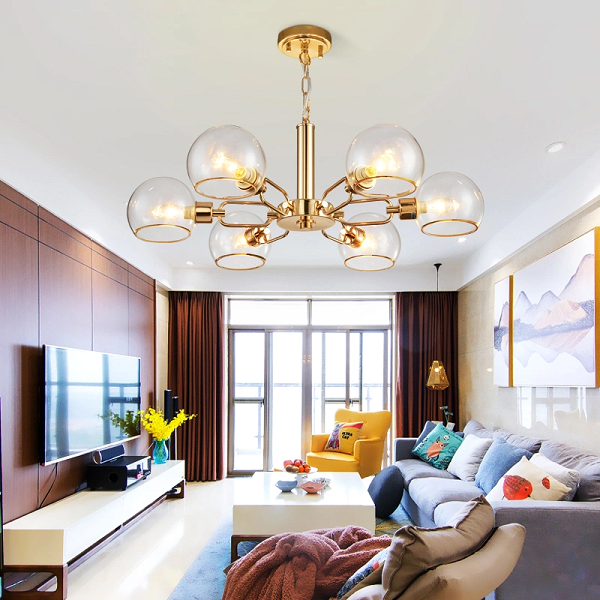Shedding Light on Design: Illuminating Architectural Elements

Image Source: www.yenonlight.en
Light is more than just a necessity; it’s a powerful design tool. Strategic lighting can transform a space, highlighting architectural features, creating ambiance, and guiding the eye throughout a room. Incorporating beautiful and functional lighting fixtures, like exquisite handblown glass chandeliers, can elevate your space from ordinary to extraordinary. This guide will explore various strategies for illuminating architectural elements, empowering you to showcase the unique details of your home.
Highlighting What Makes Your Space Special: Architectural Gems
Every home possesses unique architectural features, whether it’s a soaring vaulted ceiling, intricate crown molding, or a cozy alcove. Strategic lighting allows you to draw attention to these details, enhancing their visual impact and creating a sense of drama and interest.
Uplighting beautifully showcases exposed brick walls, textured stonework, or intricate crown molding, adding depth and dimension to a space. Recessed spotlights, sconces with directional beams, or strategically placed LED strips can all be used for effective uplighting.
Unlike uplighting, which bathes an entire surface in light, grazing light skims a surface with a soft, diffused light. This technique is ideal for highlighting linear architectural elements like beams, moldings, or wainscoting. Linear LED fixtures or strategically placed track lighting can be used to achieve a subtle yet impactful grazing light effect.
Certain architectural elements deserve to be the stars of the show. A stunning fireplace or a built-in bookshelf can be accentuated with a well-placed pendant lamp. Consider a chandelier with cascading handblown glass for a touch of glamour above a grand fireplace, or a sleek pendant lamp with a metallic finish to highlight a modern built-in bookshelf.
Beyond Highlighting: Using Light to Create Ambiance
While showcasing architectural features is important, lighting also plays a crucial role in setting the mood and creating ambiance.
Don’t rely on a single light source. Layering light creates a more visually interesting and inviting space. Combine overhead lighting with task lighting and accent lighting to cater to different activities and moods. Uplighting architectural features alongside ambient lighting from lamps and chandeliers creates a layered and visually rich environment.
The color temperature of your light bulbs significantly impacts the ambiance of a space. Warm white light creates a cozy and inviting atmosphere, perfect for highlighting architectural details in living rooms and bedrooms. Cool white light promotes alertness and focus, making it ideal for kitchens, home offices, and task areas. Consider using a mix of warm and cool light sources throughout your home, depending on the desired mood and function of each space.
Dimmer switches empower you to adjust the light output and create different moods throughout the day. Dimming the lights in the evening allows the architectural features to take center stage, creating a warm and inviting atmosphere. Dimmer switches are particularly useful in living rooms, bedrooms, and dining areas.
A Symphony of Light and Design: Choosing the Right Fixtures
Selecting the right lighting fixtures is crucial for effectively illuminating architectural elements. Here are some key considerations:
- Scale and Proportion: The size and scale of your lighting fixtures should be proportionate to the architectural elements they are highlighting. A tiny pendant lamp might get lost above a grand fireplace, while a massive chandelier could overpower a small alcove. Consider the dimensions of the space and the architectural feature you want to highlight when choosing your fixtures.
- Style and Material: The style of your lighting fixtures should complement the overall aesthetic of your space and the architectural elements themselves. For instance, a rustic fireplace might benefit from a wrought-iron chandelier with organic details, while a sleek built-in bookshelf could be accentuated by a minimalist pendant lamp in chrome or glass.
- Functionality and Beauty: The ideal lighting fixture balances functionality with aesthetics. Uplighting sconces can showcase exposed brick while providing ambient light, or a pendant lamp with a directional beam can highlight a bookshelf while offering task lighting for reading.
By employing strategic lighting techniques and selecting the right fixtures, you can transform your home into a captivating space that celebrates its unique architectural features. Let light be your guide, and watch your home’s architectural gems come alive, bathed in a symphony of illumination and design.
Leave a reply
You must be logged in to post a comment.













